Welcome to a guide that might revolutionize how you perceive safety and efficiency on site. In this modern era, where construction and manufacturing projects are more ambitious than ever, the importance of proper, quality gear cannot be overstated. Are you prepared for the possibility of worksite incidents? Do you feel your current setup is trimming down your efficiency? These questions reflect the significance of having the right gear on hand, and this article is here to explore that in depth.
We'll be looking at various aspects of correct gear, from the role it plays in enhancing safety to the way it boosts operational efficiency on site. Then we'll delve into the main components of a proper gear set, such as protective helmets, uniforms, and more.
Following this, we'll delve into how appropriate gear helps prevent accidents and the economic benefits it carries. Finally, we'll touch on the importance of fostering a safety culture and regulatory compliance within your organisation.
Join us as we navigate through the interlinking strands of safety, efficiency, and proper gear, shedding light on each aspect's significance on site. Buckle up for an insightful journey!
Importance of Proper Gear
When navigating the demanding world of physical work, such as construction, the importance of proper gear cannot be overstated. It's the perfect blend of function and protection that enables those in physically demanding professions to perform at their best. Whether it's safety goggles, hard hats, or specially designed footwear, having the right equipment is crucial not simply for comfort, but also for personal safety and high productivity.
Enhanced Safety
First and foremost, the aptly selected gear enhances safety significantly. The protective clothing and equipment are designed to shield the body from various occupational hazards that one may encounter on a job site. Robust hard hats, high-visibility vests, and steel-toed boots, for instance, are all essential components of safety gear that help mitigate the risk of onsite injuries and can even save lives.
The advancements in safety gear, including those pioneered by prominent industry innovators, have played an invaluable role in promoting safer working conditions. For instance, the Innovations in Construction Gear from our company offers unprecedented features aimed at boosting safety and productivity.
"Proper gear drastically minimizes the risk of onsite injuries, promotes safer working conditions and enhances overall productivity."
Improved Efficiency
Beyond safety, the right gear can also enhance efficiency and productivity. Comfortable, tailor-made equipment encourages easy movement, resulting in less fatigue and more efficient work performance. Additionally, many of today's work gear options come equipped with features designed to make tasks easier and more streamlined. For example, modern work gloves now often include touchscreen compatibility, allowing workers to use their devices without removing their gloves. Hard hats come with built-in lights for better visibility, and work boots feature light, breathable materials for all-day comfort.
In essence, suitable work gear is not a luxury in physically demanding industries - it's a necessity. Only by prioritizing safety through quality equipment can we ensure maximum efficiency and productivity on job sites. The importance of correct gear is not just about worker comfort, but it's a critical component in creating a safe, efficient, and productive work environment.
Main Elements of Proper Gear
Gear up for an exciting journey as we delve into the fundamental elements of proper personal protective equipment (PPE). The importance of donning the right attires on the job can't be understated, especially in high-risk industries. And as the old saying goes, 'forewarned is forearmed.' Keeping safe isn't just about being cautious; it's about being equipped—literally—with the right tools for the task.
Different elements of the gear serve specific purposes and collectively work together to reduce risk and optimize work processes. Let's break them down:
Industrial Helmets
They shield the head from life-threatening injuries, such as shock, penetration, and electric hazards. Regulated standard helmets have peak and side protection, guaranteeing full secure coverage.
Protective Uniforms
These outfits act as the primary barrier between potentially harmful elements and the wearer's body. They're specially designed to resist heat, cold, chemical, mechanical, and electrical threats.
Specialized Footwear
Footing is vital in any work environment. Hence, specialized boots safeguard against slipping and falling accidents, chemicals, electricity, and punctures, providing stability and comfort throughout a work shift.
Safety Goggles
The eyes are easily susceptible to injury. Safety goggles protect from a myriad of threats, such as intense light, radiation, heat, and chemical splashes, thereby ensuring an unobstructed vision on the job.
Gloves
They offer protection against chemical burns, electric shocks, abrasions, cuts, and several other physical injuries. Importantly, they do not compromise manual dexterity.
Respiratory Equipment
Masks and respirators shield against inhaling dangerous gases, vapors, dust, smoke, and other hazardous substances, ensuring clean and safe breathing.
Ready to explore a real-life application of all these elements? Check out this comprehensive Guide to Arborist Safety Gear to see how these tools swing into action!
So, there you have it. Armed with this knowledge, you're better placed to make informed gear choices that promise safety and productivity in equal measure. Secure the right gear—it's your best defense in the field.
Role of Safety Gear in Avoiding Accidents
The role of safety gear in minimizing accidents consistently surfaces in conversations about workplace safety. Indeed, the appropriate safety equipment can drastically cut down on workplace incidents by reducing exposure to harmful factors. You'll find we don't just throw around assumptions; our perspectives are grounded in firm data and comprehensive research.
Minimizing Hazards
Safety gear forms a barrier of protection between workers and potential hazards in their environment. It can range from helmets and protective eyewear to gloves and specially designed footwear, each playing a specific role:
- Helmets: They protect the wearer's head from heavy falling objects, especially in areas with overhead loads or possibilities of debris.
- Protective Eyewear: These guard your eyes against various threats, such as flying particles, chemical splashes, harmful radiations, and more.
- Gloves: Depending on their design and material, gloves can shield the hands against an assortment of risks, such as chemical burns, cuts, and cold temperatures.
- Footwear: Special boots can provide protection against slips, trips, falls, puncture wounds, and even electric shocks.
The boon of using appropriate safety gear –and using it correctly– cannot be overemphasized. They aid in enhancing worker's comfort and safety with gear, thereby boosting productivity levels and reducing an organization's accident rates.
Protection Against Chemicals
Workplaces involving chemical handling necessitate specialized safety gear, such as respirators, face shields, and chemical-resistant gloves and clothing. Such equipment forms a protective layer between workers and hazardous substances, shielding them from chemical burns, toxic exposure, and other related hazards. It's a simple solution with incredible implications – potentially even life-saving in some scenarios.
Reducing Effects of Environmental Factors
Lastly, safety gear also offers protection against harsh environmental factors. For instance, high-quality insulating gear can protect against extreme cold, while heat-resistant clothing can shield against burns and heat strokes in high-temperature environments. In this way, safety gear not only ensures physical safety but can also significantly improve work conditions and worker comfort.
In this conversation about safety gear's essential function in accident prevention, taking a backseat is not an option. Dressing appropriately for the job isn't merely about adhering to safety regulations – it's about fostering a safer and healthier work culture, and this is a sentiment every organization should champion.
Economic Advantages of Investing in Proper Gear
In the grand scheme of workplace dynamics, it's easy to forget the significance of safety gear investment. However, this is a topic that the savvy business owners are paying keen attention to, understanding its value beyond mere legal compliance or ethical responsibility. Any investment in safety equipment not only fosters a culture of productivity but also yields notable economic advantages.
Let's start by looking at the obvious: the reduction in the occurrence of workplace mishaps. This might seem like a natural expectation, but the economic implications are profound. Fewer accidents translate to lower compensation payouts, lessened workdays lost, and an overall decrease in indirect costs associated with accidents like upgrading safety measures or dealing with legal ramifications.
Furthermore, choosing the right safety equipment could also lead to increased productivity. How? Well, employees outfitted with reliable and comfortable gear can complete tasks more efficiently and focus more on their core responsibilities, essentially reinforcing overall productivity. This positive work setting then also impacts employee turnover rates positively, saving businesses the recruitment and training costs associated with high staff turnover.
Let's not overlook another compelling factor: brand reputation. Investing in the safety of employees visibly communicates that a company values its workforce, which in return positively enhances the company's reputation. This favorable brand image can attract potential customers and retain existing clientele, ultimately having a favored effect on sales and profits.
"Safety is not only a moral responsibility, it’s a smart business move,"
says an anonymous industry professional. Investing in safety equipment is an expenditure, sure, but the return on investment is significant. For those businesses operating on a tight budget, a myriad of affordable safety gear options exist that ensure compliance with minimum standards without compromising the safety or comfort of employees.
And that's the heart of the matter - workplace safety gear is not a grudge purchase, but an economic opportunity. By enabling businesses to strike a balance between affordability and quality, companies are positioned to realize the material and similarly substantial economic advantages of investing in correct safety gear. So go ahead, invest wisely in safety gear and watch as your business reaps the many economic benefits at hand. It's a win-win situation, after all.
Promoting Safety Culture and Compliance
Cultivating a Safety Culture
Aspiring for a safer and risk-free environment in a workplace is more than just an obligation; it is a commitment that gives everyone peace of mind. It is not just about installing safety devices or undergoing regular safety drills. It's about establishing an integral safety culture within the organization, a culture where safety is prized and practiced consistently.
Let's talk about the construction industry for example. The workers in this field deal with hazards daily - from falling debris to slippery surfaces - they face these dangers head-on. In such environments, the adherence to the use of proper safety gear is not just a rule, it's a life-saving practice. But what does proper gear usage contribute to the bigger picture?
Wearing the right safety gear creates multiple benefits:
- Protects the worker from possible injuries or even fatal accidents
- Fosters a culture of safety within the team
- Ensures compliance with industry regulations
- Boosts productivity by providing a safer work environment
By adhering to proper safety gear usage, organizations can help cultivate a culture of safety. In essence, well-protected employees are more likely to be productive and content, creating a positive working environment for everyone.
Compliance with Industry Regulations
But beyond promoting a safety culture, using the appropriate safety gear is also a matter of legal compliance. Almost all industries, especially those that involve high-risk jobs like construction, have stipulated guidelines for safety practices and standards. Surpassing these standards not only protects you from costly fines or penalties but also highlights your organization's commitment to your worker's safety and well-being.
Consider the context of rain gear in invigorating safety transformation in the construction industry. It's not just about staying dry during a downpour; it's about ensuring that the workers are comfortable and safe to perform their tasks. Imagine working with wet clothes under harsh weather; not only is it uncomfortable, but it can potentially lead to health issues and decreased productivity. All these considerations are detailed extensively in the article on Transforming Safety in Construction with Improved Rain Gear.
Cultivating a safety culture and ensuring compliance is not a one-step journey. It's an ongoing process involving continuous training, regular inspections and updates, as well as dynamic reinforcement of safety awareness. Remember, a healthy and safe work environment reflects a successful and responsible organization. As the saying goes, "Safety isn't a slogan. It's a way of life."
Conclusion
Safety and productivity correlate directly with the quality of gear used by workers in harsh environments. Tailored to specific needs and risks, proper work gear protects employees from potential hazards, promotes efficiency, and significantly minimizes downtime due to accidents. It's a valuable investment, promoting a safer work environment while saving on possible treatment and legal costs.
Companies like Rain Gear Pro are crucial in this landscape. With their unwavering focus on quality and safety, products like their Canadian-made chainsaw safety pants embody the balance of comfort and protection. Engineered to withstand potential risks such as crotch blowout, with added kevlar inserts for extra resistance, such investments ensure the protection of your personnel.
In essence, embracing a safety culture and investing in the right gear is a surefire strategy to boost productivity, enhance safety, and foster peace of mind on site. This dual approach of safety and efficiency is, without a doubt, a strong foundation for a successful, sustainable business operation. So, gear up and protect your greatest asset – your workforce!
Frequently Asked Questions
-
Why is proper gear important for safety on site?
Proper gear is important for safety on site as it helps protect against hazards such as falling objects, electrical shocks, chemical exposure, and injuries from tools or equipment. The right gear provides a barrier and reduces the risk of accidents or serious harm.
-
What are examples of proper gear for construction sites?
Examples of proper gear for construction sites include hard hats, safety glasses, high visibility vests, steel-toed boots, gloves, ear protection, and respiratory masks. The specific gear required may vary depending on the type of construction work being carried out.
-
How does proper gear improve efficiency on site?
Proper gear improves efficiency on site by allowing workers to focus on their tasks without worrying about their safety. When workers feel protected and comfortable in their gear, they can work more confidently and efficiently, leading to better productivity.
-
What should be considered when choosing proper gear for a construction site?
When choosing proper gear for a construction site, factors such as the specific hazards present, compliance with safety regulations, durability of the gear, comfort, and ease of movement should be considered. It's important to select gear that meets the specific needs and requirements of the site.
-
How often should gear be inspected and replaced?
Gear should be regularly inspected to ensure that it is in good condition and functioning properly. The frequency of inspections and replacements may vary depending on the type of gear and the manufacturer's recommendations. Any damaged or worn-out gear should be replaced immediately.



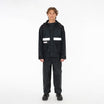
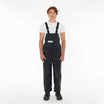

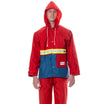
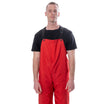
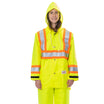
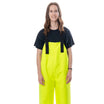
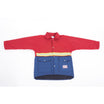
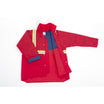

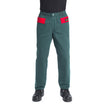
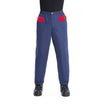
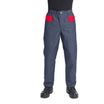
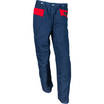
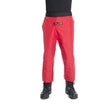
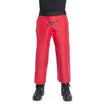
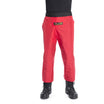
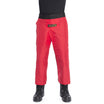
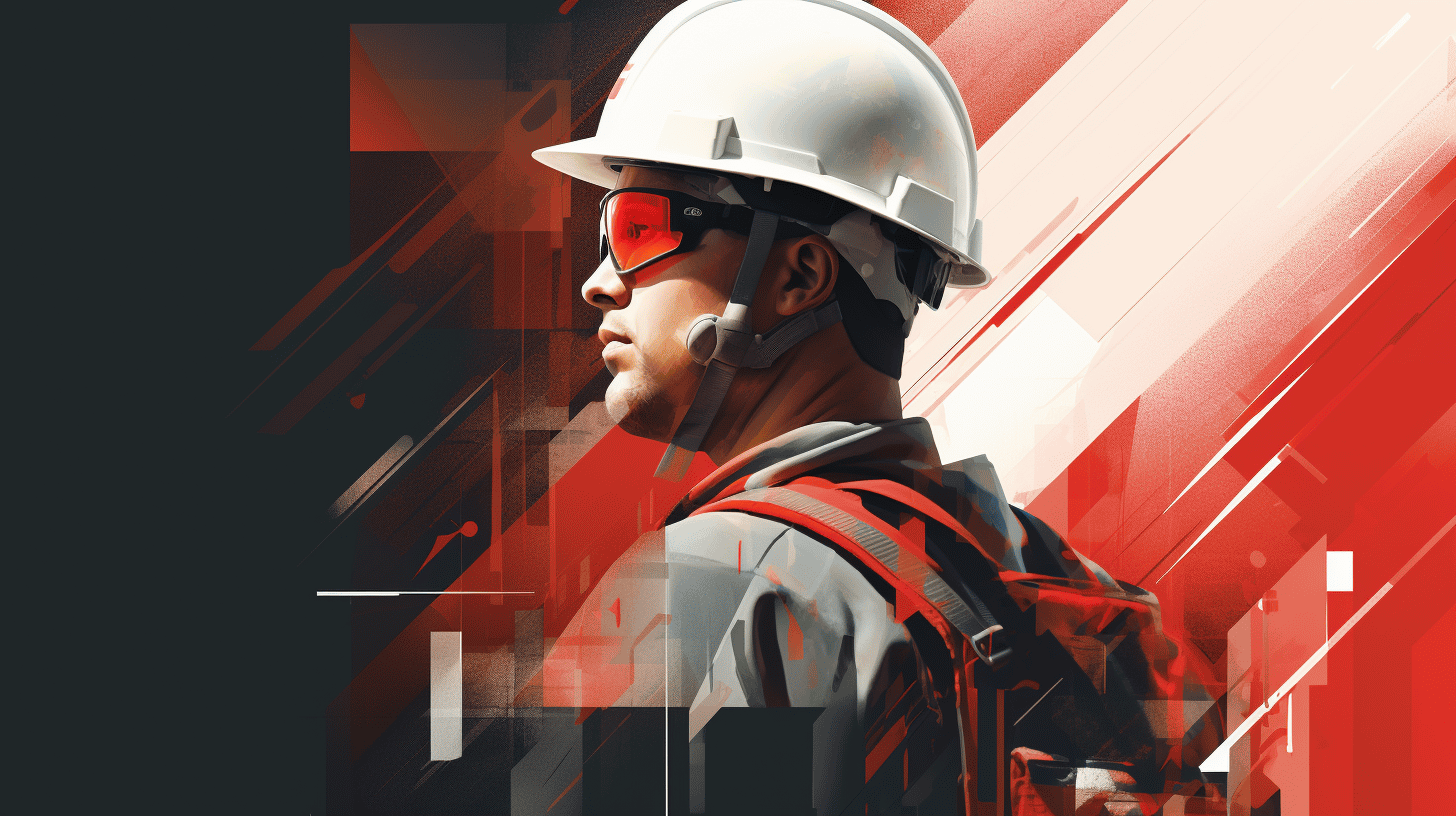
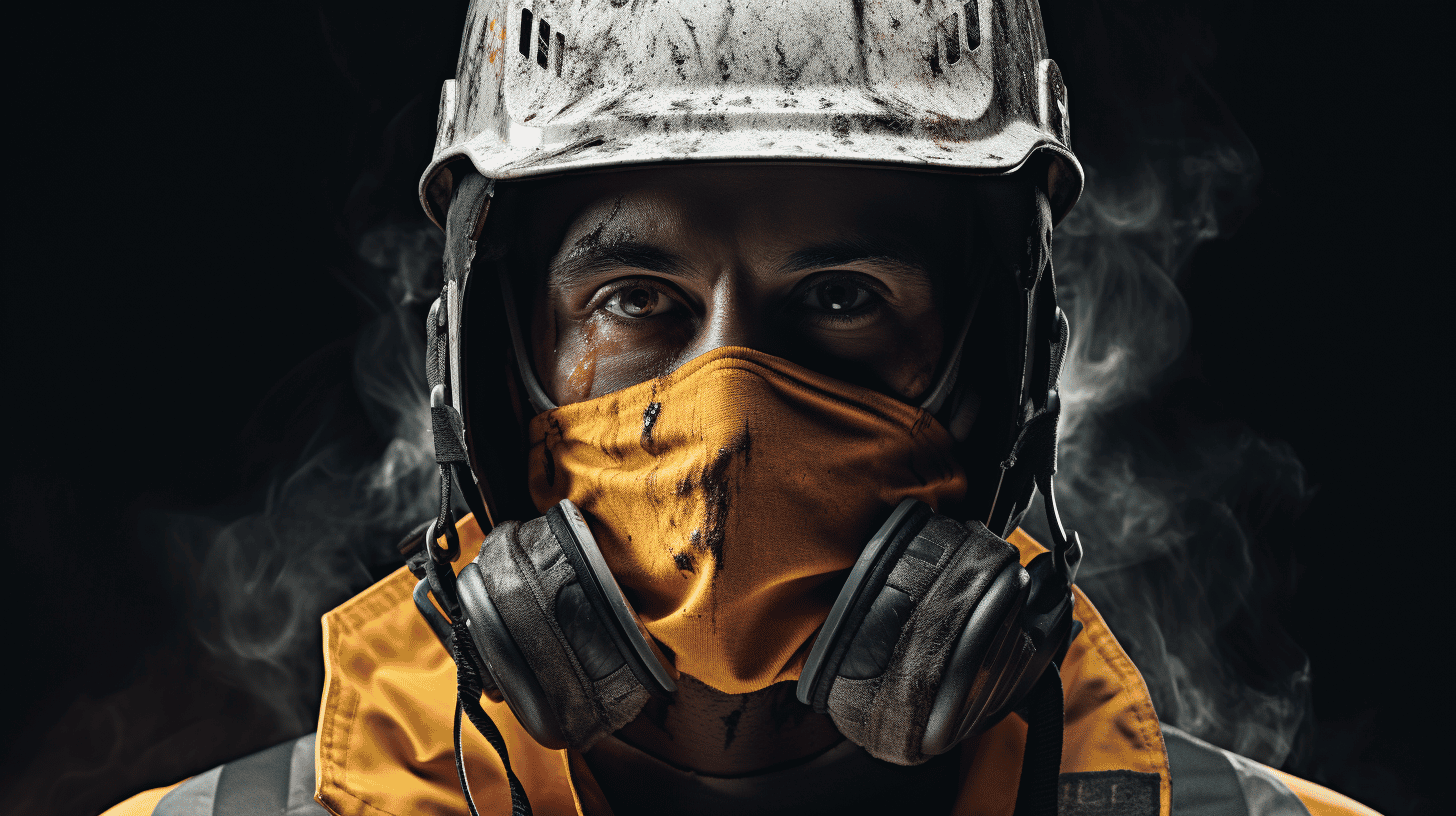
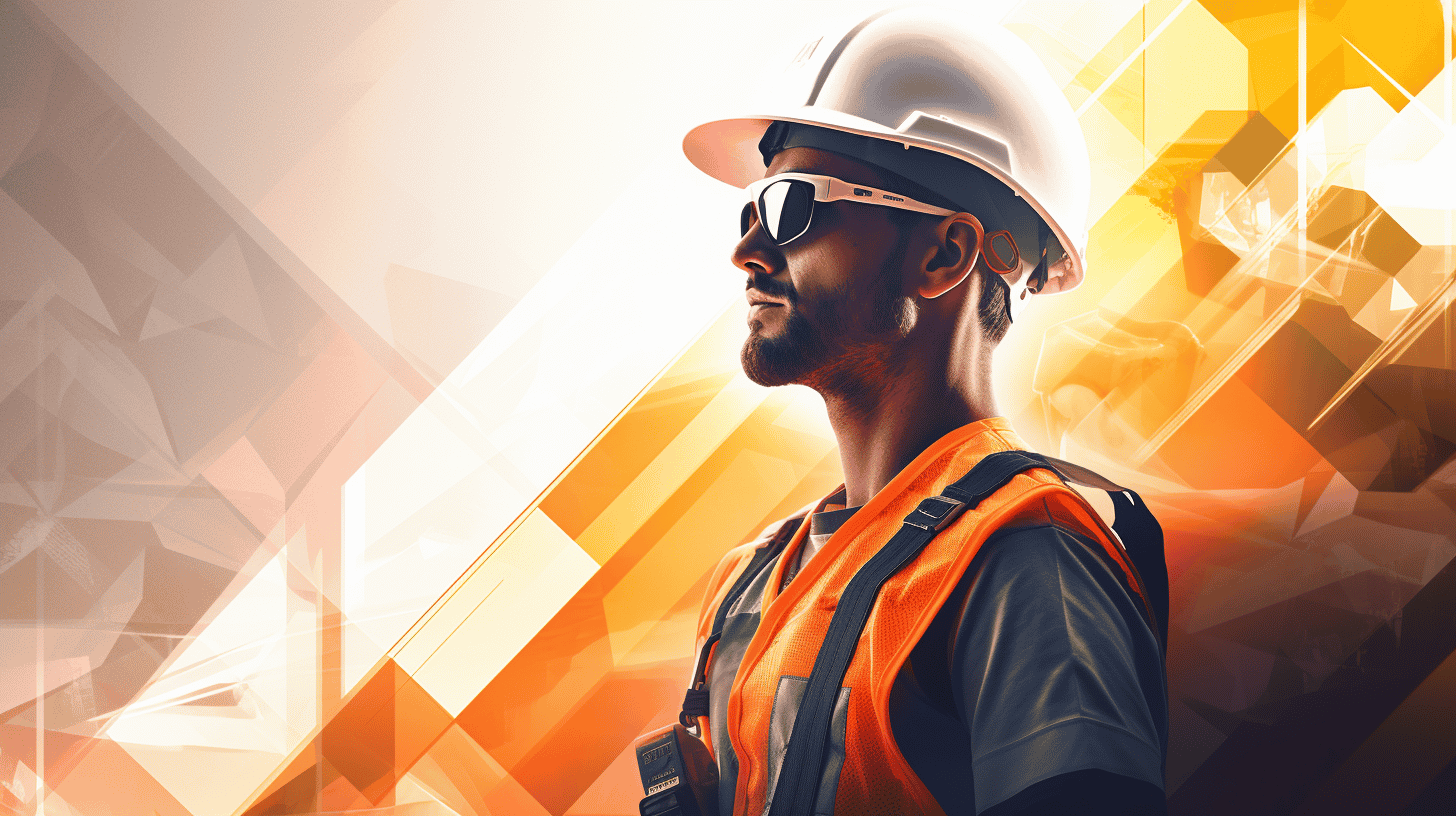
Leave a comment
This site is protected by hCaptcha and the hCaptcha Privacy Policy and Terms of Service apply.